For centuries, oats have been a traditional staple in equine diets, prized for their nutritional value and digestibility. In modern horse care, determining the right quantity of oats to feed can significantly impact a horse’s health, performance, and well-being. But how much oats should you feed a horse daily? Here’s a concise guide:
- Horses in daily work typically require about 2–5 pounds of oats.
- Never feed more than 2.5 quarts/1.2kg of oats per feeding for a large horse.
- For increased feed, maintain a 50:50 ratio of beet pulp to oats, up to 300 grams of each.
- The University of Illinois suggests 2 to 2.5 pounds of oats for every 100 pounds of horse weight daily.
- Cost comparison: 7 pounds of oats per day at $12.50 per 50-pound bag amounts to $1.75 daily, whereas the equivalent nutrition from Omolene® #500 horse feed costs $2.05 per day at $20.50 per 50-pound bag.
Nutritional Advantages of Oats for Equine Health
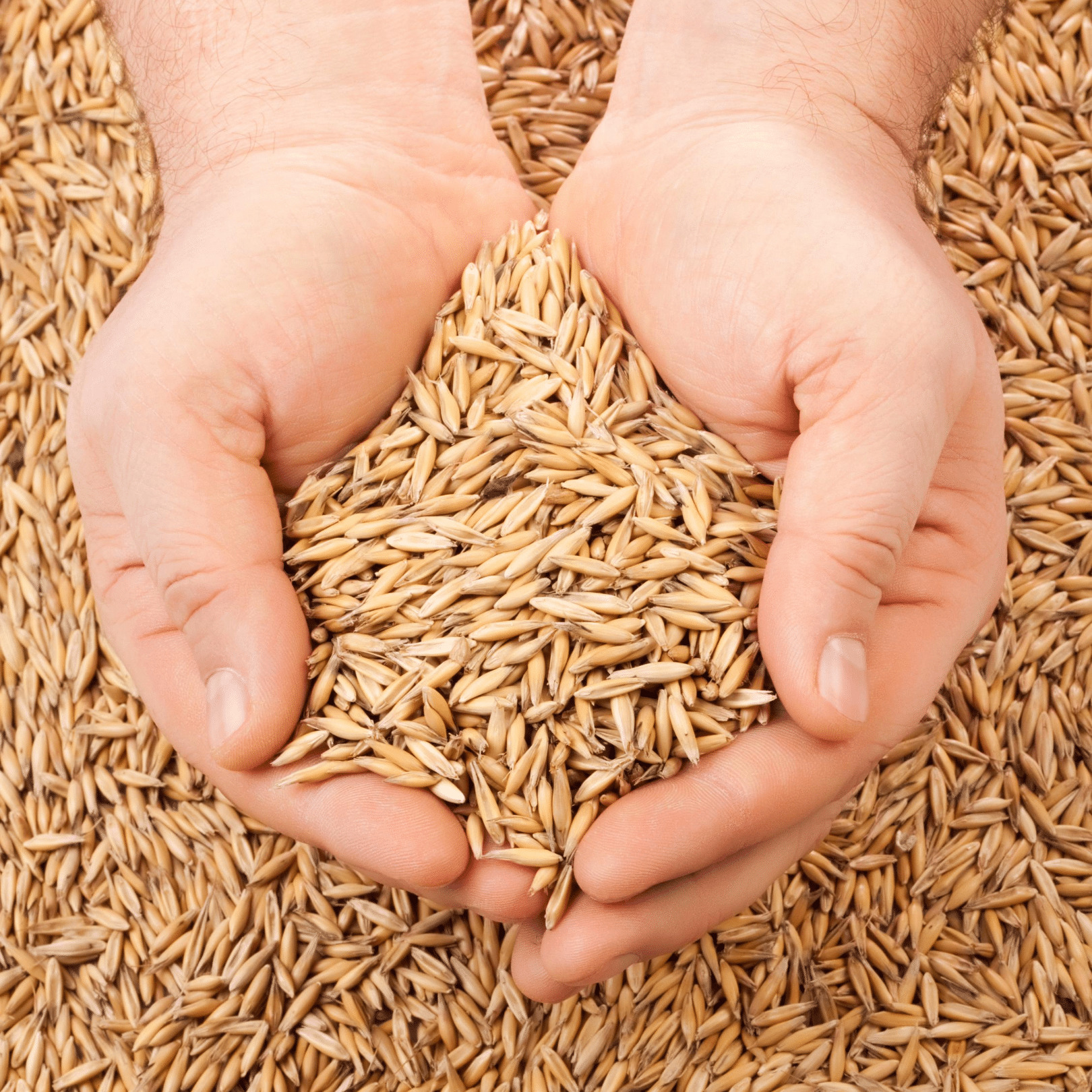
Recognizing the role of oats in horse nutrition is crucial for those who manage equine diets. Oats are not only a reliable energy source but also enhance digestive health due to their high fiber content, and the natural fats they contain provide sustained energy. This section explores the positive impact of oats on equine health and the factors to consider when including them in a horse’s diet.
Health-Enhancing Components Found in Oats
Oats offer a range of benefits that go beyond mere energy provision:
- The beta-glucans in oats are known for their ability to support the immune system and promote a healthy gut.
- With their fiber content, oats aid in maintaining digestive consistency and can play a role in colic prevention.
- Antioxidants present in oats help mitigate oxidative stress in horses.
Oats: A Balanced Source of Nutrition and Energy
The nutritional composition of oats makes them a suitable feed option for equines. While offering less protein than other grains, oats provide a better balance of amino acids necessary for muscle upkeep and recovery. The slow release of energy from oats ensures a consistent energy source for a horse’s various activities.
Customizing Diets with Oats
Oats can be the cornerstone of diverse dietary plans, meeting the unique requirements of each horse. Whether combined with other grains to tweak protein content or mixed with minerals and vitamins, oats are versatile and can be modified to support particular health conditions or objectives in performance.
Observing Oats’ Effects on Equine Behavior and Metabolism
When integrating oats into an equine diet, it’s important to monitor their influence on the horse’s behavior and metabolism. The moderate glycemic index of oats means they can influence blood sugar levels, necessitating careful rationing to ensure positive outcomes.
Incorporating Oats with Forages for a Balanced Diet
Although oats have many benefits, they are most effective as part of a diverse diet. Incorporating quality forages ensures a balance between the concentrated nutrients in oats and the necessary fiber for optimal digestive health.
Addressing Special Dietary Requirements with Oats
For horses with specific conditions such as insulin resistance or Cushing’s disease, oats must be integrated carefully, based on veterinary advice. Balancing their diet with low-starch forages and specific supplements is key to harnessing the benefits of oats without negative effects on their health.
With proper knowledge and application, incorporating oats into an equine diet can greatly contribute to the health and performance of horses. Thoughtfully used, oats can be a fundamental element of a comprehensive and nutritious feeding strategy.
Tailoring Oat Intake for Individual Equine Needs
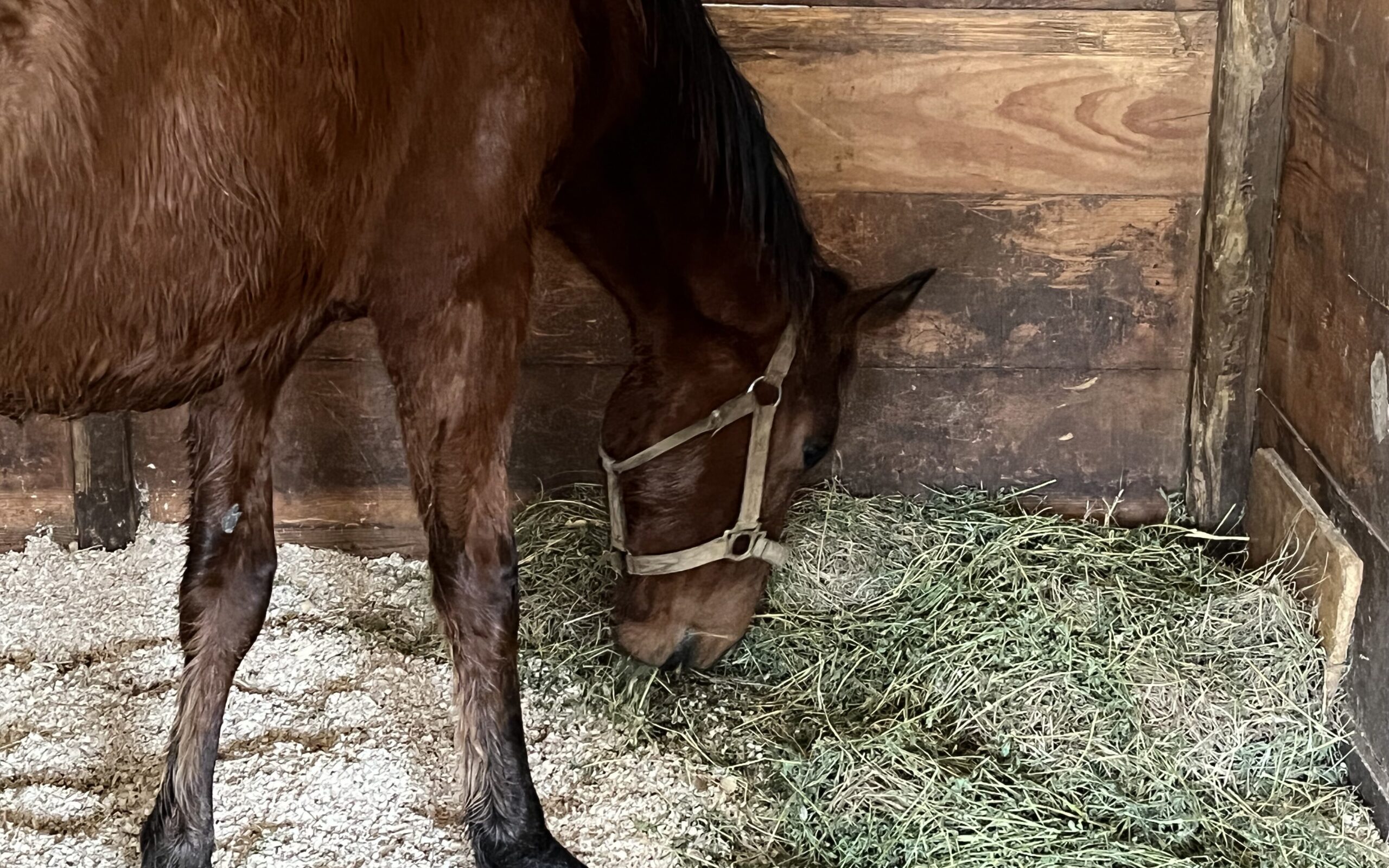
Customizing the oat intake for each horse is vital, taking into account their individual characteristics and lifestyle. Factors such as body weight, activity level, and any health issues are important considerations when formulating an equine oat diet. While general recommendations provide a baseline, effective management involves careful observation and potential dietary modifications over time.
Evaluating Energy Needs for Optimal Health
The energy requirements of horses vary based on age, breed, and activity level. Young, growing horses might need a slightly higher oat intake for development, while less active or older horses may benefit from reduced oat quantities to maintain a healthy weight.
Enhancing Oat Diets with Targeted Supplementation
While oats are calorie-rich, they may lack in certain micronutrients, making supplementation an important aspect of diet management. Considerations for supplementation include:
- The quantity and quality of the horse’s forage
- Specific health concerns requiring particular nutrients
- The overall dietary equilibrium to avoid nutritional imbalances
Adding supplements or using fortified feeds can help achieve a balanced diet that supports both health and performance.
Nutrition Across Different Life Stages
Oat portions should reflect the different nutritional needs during various life stages of horses, such as growth, lactation, or maintenance. It’s crucial to balance the diet to meet these needs without causing nutritional excesses or deficiencies.
Adaptive Management of Oat Rations
Regular assessment of the horse’s condition and performance is key in determining the appropriateness of the current oat intake. Changes in workload, health, or physical condition should prompt a review and adjustment of oat servings accordingly.
Formulating a Balanced Equine Diet
Creating a balanced diet involves mixing oats with other nutrients. This ensures a comprehensive nourishment profile, especially when oats are paired with a complete feed like Purina® Omolene® #500 to meet all dietary needs.
Creating a Nutritional Equilibrium
Forage is the cornerstone of equine nutrition, offering the bulk of fiber needs. Oats can augment this, especially for horses with higher caloric requirements, establishing a nutritional equilibrium. The relationship between forage quality and oat supplementation can be summarized as follows:
| Forage Quality | Oat Adjustment |
|---|---|
| Superior forage | Lessen oats to prevent excess calories |
| Inferior forage | Increase oats to compensate for energy |
| Limited forage availability | Supplement with oats and alternative fibers |
Recognizing the synergy between forage and oats allows for precise dietary adjustments to meet the specific needs of horses.
Adaptation to Climate and Seasons
Seasonal and environmental factors can affect the dietary needs of horses. For instance, in colder climates or seasons, horses might need more oats to maintain their body heat, while during warmer seasons or when pastures are lush, the necessity for oats may diminish.
Ensuring horses receive the right amount of oats is an ongoing task that requires attention to each horse’s unique requirements and responsiveness to environmental and workload changes. Caretakers, by focusing on these aspects, can help horses maintain optimal health and vitality through well-managed oat portions.
Enhancing Equine Diets with Oat Supplementation
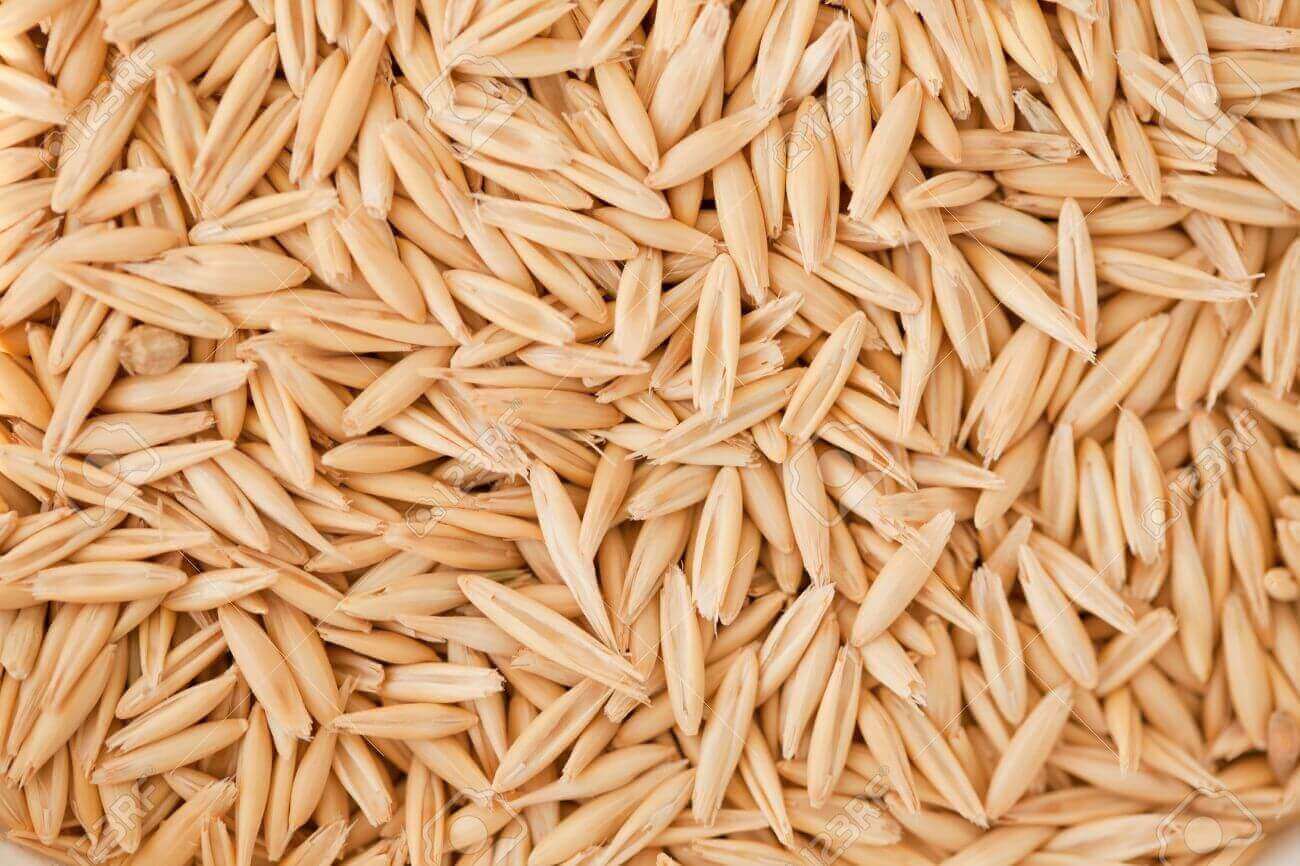
Incorporating oats into equine diets requires a nuanced approach to fully leverage their health advantages. This section offers insights into optimal feeding routines and the integration of oats to support the well-being of horses.
Structured Feeding Regimens
Establishing a regular feeding schedule helps maintain an equine’s digestive health. Smaller, more frequent meals are beneficial:
- Spread the total daily oat allowance across multiple feedings.
- Provide constant access to clean water.
- Synchronize feeding with exercise routines for efficient energy use.
Unlocking Nutritional Value
Oats impart essential nutrients that contribute to a horse’s health when part of a well-rounded diet:
- Beneficial phosphorus content supports bone health.
- Adequate protein levels sustain muscle function.
- Manganese in oats helps form healthy connective tissues.
Regular health assessments can gauge the efficacy of oats in a horse’s diet, with positive indicators including enhanced endurance and a lustrous coat.
Comprehensive Nutritional Strategies
Oats should complement other dietary components to fulfill a horse’s complex nutritional requirements:
- Pair oats with high-fiber hay for a balanced diet.
- Introduce protein-rich legumes when needed.
- Utilize commercial feeds that encompass oats for a comprehensive ration.
Managing the balance between oats and other dietary elements is crucial for overall equine health and performance.
Refining Diets with Seasonal Awareness
Adjusting feeding practices based on the season is important for maintaining equine health:
| Season | Oat Feeding Adjustments |
|---|---|
| Winter | Increase calories to support warmth. |
| Spring | Regulate oats as pastures grow to avoid weight gain. |
| Summer | Diminish oats if activity decreases or pasture quality increases. |
| Fall | Gradually up calorie intake in anticipation of colder weather. |
Attuned feeding throughout the year ensures horses are neither undernourished nor overfed.
Personalized Oat Rations for Unique Equine Needs
Recognizing the distinct dietary needs of each horse ensures the effective use of oats:
- Energy-driven oat rations may benefit performance horses.
- Oats can aid recovery by providing digestible energy.
- Processed oats might be suitable for horses with dental challenges.
Customizing oat quantities within diets supports horses’ specific health and performance needs.
By following these guidelines, caretakers can optimize the role of oats in equine diets, promoting health and performance through strategic feeding practices.
Optimizing Oat Selection for Equine Health
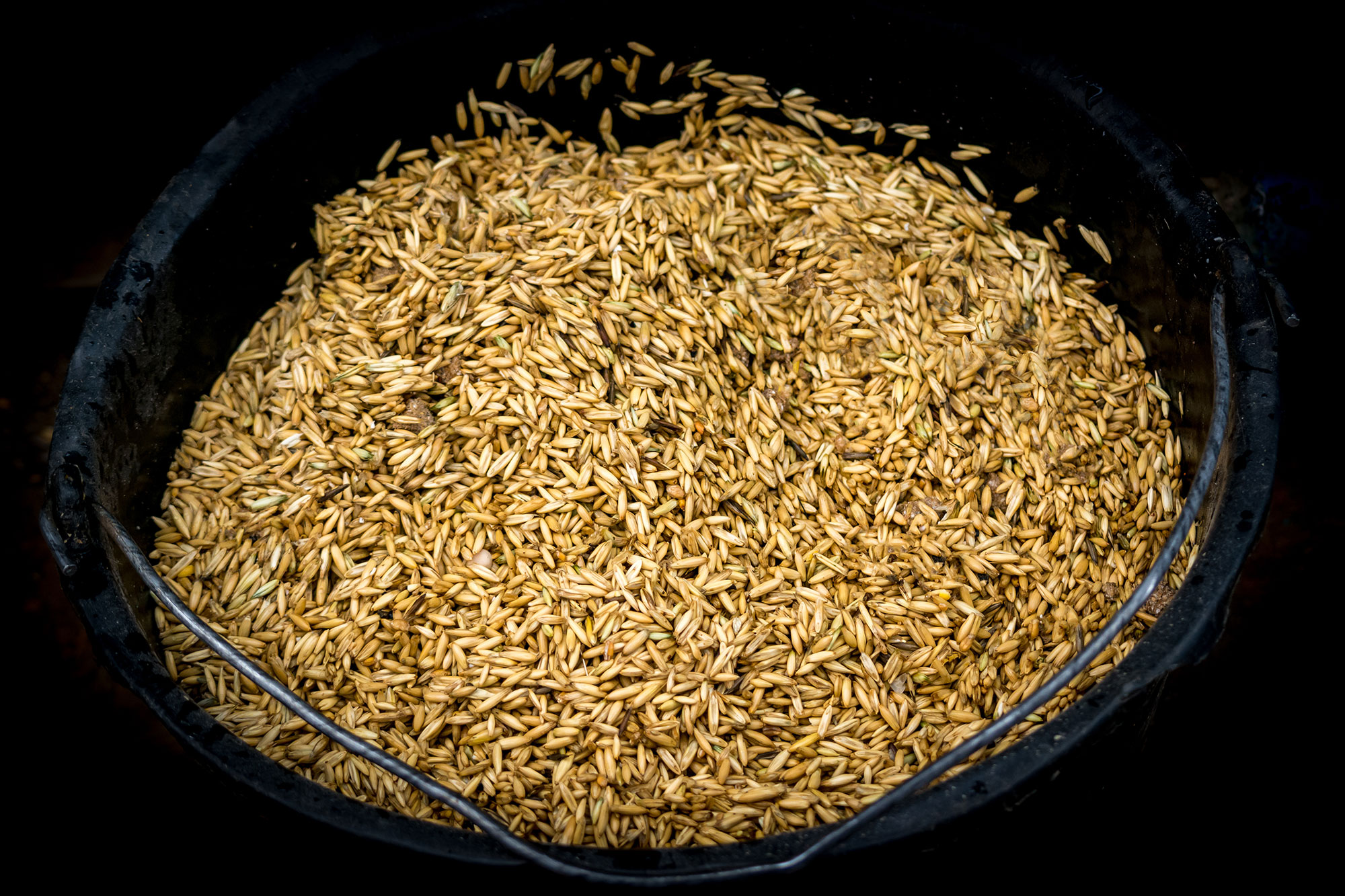
Choosing the appropriate oat variety is crucial for enhancing your horse’s health. The oat type selected should align with their specific dietary needs to ensure optimal nutrition and digestion.
Identifying the Ideal Oat Form
Oats are available in different forms that cater to varying equine needs. For horses that can handle more natural grains, whole oats are an excellent choice. Alternatively, for older equines or those with dental challenges, processed oats such as rolled or crimped options are more suitable due to their easier digestibility.
The Impact of Oat Processing Techniques
Oat processing techniques can affect the grain’s overall nutritional value. While enhancing digestibility, it’s vital to weigh the changes in nutrient content resulting from the processing. The aim is to find a balance that meets the nutritional requirements of the horse without compromising essential dietary fiber.
Comparing Processed and Natural Oats
Deciding between processed and unprocessed oats involves considering the horse’s individual health and nutritional needs. The choice should reflect a balance between ease of digestion and the preservation of nutrients and fiber essential for the horse’s diet.
| Oat Type | Main Advantages | Key Considerations |
|---|---|---|
| Whole Oats | Less processed, higher in natural fiber | Best for horses with strong dental health |
| Rolled/Crimped Oats | Improved digestibility, rapid energy utilization | May lose some nutrients, monitor fiber intake |
| Crushed Oats | Excellent for digestion, suited for dental issues | Consider fiber content and ration balance |
Selecting the right type of oats is essential for maximizing their health benefits in your horse’s diet, tailored to their age, dental condition, and digestive health.
Adapting Oat Inclusion for Equine Well-being
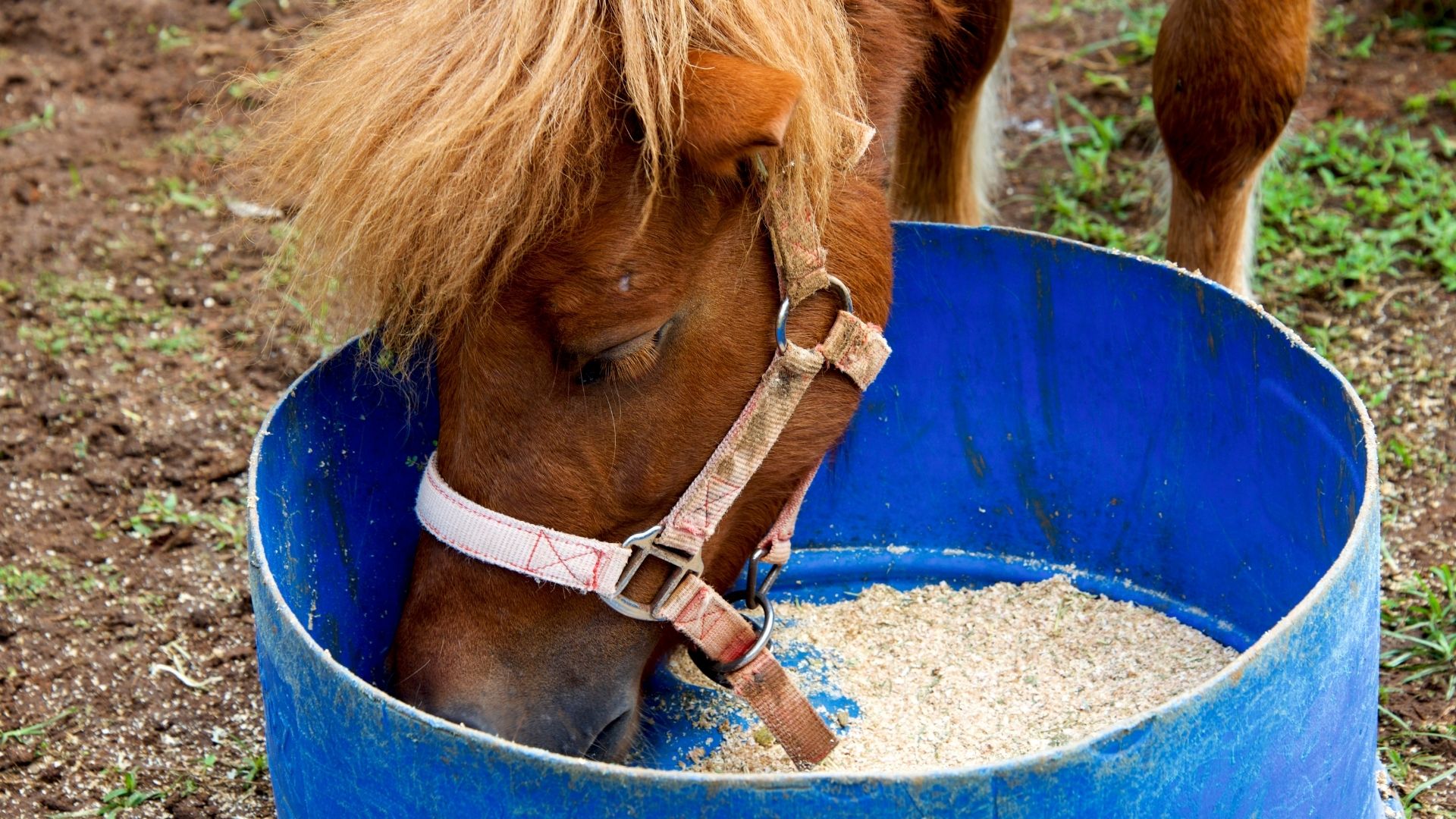
Understanding the unique nutritional needs of horses is key to ensuring their health, especially when it comes to including oats in their diet. Careful assessment of the quality, form, and quantity of oats, along with vigilant monitoring of the horse’s condition, is required for optimal dietary planning.
Oat Management in Laminitis-Prone Equines
For horses susceptible to laminitis, dietary management is critical. Despite the nutritional benefits of oats, they must be administered cautiously to manage NSC levels. Selecting oat varieties with lower NSC content is advisable for these horses, ensuring moderation is maintained in their diet.
Caloric Adjustment Based on Equine Activity
A horse’s calorie needs change with their activity level and physical condition. Increased energy demands in active horses may warrant a higher oat intake, while a reduction may be necessary for those less active or at risk of metabolic issues. The key is to maintain a balance that supports health and performance.
Oats and Metabolic Health Monitoring
- Perform regular checks on blood sugar for metabolic indicators.
- Introduce oats progressively to evaluate metabolic response.
- Seek veterinary advice for horses with metabolic concerns.
Addressing Food Sensitivities and Oats
Identifying and managing food sensitivities in horses is crucial. If oats cause adverse reactions, it is important to spot symptoms early and adjust the diet to maintain nutritional adequacy, potentially substituting oats with suitable alternatives.
Nutritional Needs of Breeding Horses with Oats
Reproductive and lactating horses require a diet that supports their increased energy needs. Careful management of oats is necessary to ensure the health of breeding mares and the growth of their foals.
Oat Varieties for Elderly Equines
Older horses may benefit from dietary changes, including the inclusion of more digestible forms of oats, to address metabolic changes and dental wear.
Oats Combined with Therapeutic Diets
When horses are under medical treatment, integrating oats with therapeutic feeds requires careful planning to not compromise medicinal efficacy. Veterinary guidance is crucial in such cases.
Oat Supplementation During Equine Recovery
During recovery from illness or injury, horses can gain benefit from the energy oats provide, as long as the intake is adjusted to their reduced activity and recovery needs.
Personalized oat supplementation is essential, taking into account each horse’s unique circumstances, including age, workload, and health. Collaboration with equine health professionals is vital in optimizing the role of oats in a horse’s diet for their overall health and condition.
When it comes to horse care, understanding their dietary needs is crucial. While you’re considering how much oats to feed a horse, it’s also important to consider their overall grain intake. For comprehensive guidance, explore our article on how much grain to feed a horse. If you’re dealing with a horse in discomfort, you might be wondering about proper medication dosages; our piece on how much Banamine to give a horse could provide you with the necessary information. And if you’re curious about the professionals who help keep your horse’s hooves healthy, take a look at our article discussing how much a horse shoer makes. Our resources are here to help ensure your horse is happy, healthy, and well cared for.
Conclusion: Integrating Oats into Your Horse’s Diet
In conclusion, oats can be a healthy and beneficial part of a horse’s diet when fed in appropriate amounts and balanced with other necessary nutrients. It’s essential to consider your horse’s individual needs and consult with a nutritionist or veterinarian to determine the best feeding regimen. With careful management, oats can contribute positively to your horse’s energy, stamina, and overall health.



